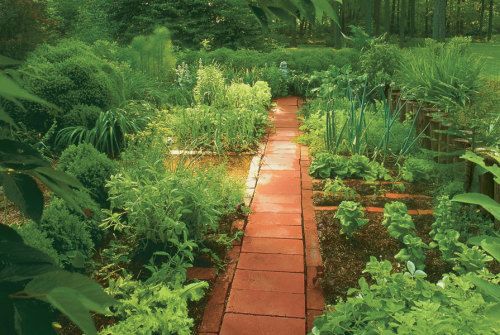
by Betty Lou Davis
April 1997
from issue #8
For years, the last 10 rows of my vegetable garden were the “salad end.” The four rows of lettuce produced more than we, plus everyone we knew, could eat, and while the onions, celery, leeks, chives, spinach, and bok choy added a little variety, there was just so much of everything. It didn’t look especially artful, either, with greens marching row on row.
As luck would have it, my daughter and I took a trip to England, and our tour of gardens took us to Rosemary Verey’s famous Barnsley House. Her kitchen garden was huge, with an intricate web of paths creating small plots filled with picture-perfect vegetables, everything planted with an eye to beauty as much as productivity. I certainly couldn’t envision anything quite so grand in Salisbury, Maryland—as one Englishwoman on the tour remarked, “You know she doesn’t pick any of these; she probably goes to the village store for her vegetables”—but I did find inspiration at Barnsley House. I thought of my “salad end” back home, the muddy rows, the overabundance, the unimaginative layout. And it came to me: I could create my own American version of Rosemary Verey’s grandeur, a salad garden, much, much smaller, with just one walkway, but still with lots of little plots filled with a variety of plants. So my “salad end” disappeared, and my “salad garden” was born.
Framing the garden
The site I chose was already bounded on the right by a 35-ft.-long raised bed and on the back by the main garden’s boxwood hedge, so I needed only some plantings on the left to give my salad garden a sense of enclosure. There was already a double-file viburnum there, and I added red and green barberries, yel-low-leaf spirea, nandinas, and a tiny rock garden. This left a 10 ft. by 35 ft. area for the salad garden proper, and though it was only about half the size of the old salad end, it proved to be perfect.
So often inspiration is aided by practicality. I wanted a narrow walkway down the garden to make harvesting more comfortable on dewy mornings. A friend had recently given me a pile of cement blocks, and others had given me bricks. I stained the gray blocks a “brick” color and made them the center of my walkway. The stain lasted only a year, so I tried the best-quality latex paint. Not only did it last for three years, but I was also able to make a perfect match with the bricks. Those I used to edge the blocks, creating a path 24 in. wide, which left 4 ft. of planting area on each side. Perpendicular to the walk, more bricks mark off little plots, 32 in all, from 1 ft. to 4 ft. wide. The size of the plots can be changed easily by removing or adding a row of bricks.
Planting the greens
Within this framework, I plant a different garden every year. There are certain staples I always have: Bibb and leaf lettuce in the larger plots, Swiss chard, beets, carrots, and spinach in double rows in 2-ft.-wide plots, and single rows of Italian parsley, radishes, bok choy, celery, and leeks in the narrowest plots. Red, white, and yellow onions appear most years, and shallots sometimes. I’ve tried many things: mustard greens, mizuna, other Asian greens, kohlrabi, celeriac, Tampala (Amaranthus tricolor). Once I planted Malabar spinach, but it went everywhere. Cucumbers didn’t work either, so now they’re assigned, along with tomatoes peas, peppers, cabbage, broccoli, and cauliflower, to the main vegetable garden.
A few spots in my salad garden are permanently occupied by perennials, such as rhubarb, chives, multiplier onions, lemon balm, tarragon, sage, and Greek oregano. After the weather warms, I plant celery and red and green basils. Though celery isn’t tender, it goes to seed if set out too early. I plant garlic in September, and I harvest it in the spring before the weather gets hot.
Here on Maryland’s Eastern Shore, most seeds can be sown in late March. Although I make a chart each year, I’ve found putting a marker in each plot as I plant it prevents my accidentally sowing seeds twice in the same place and allows me to see which spots are still available. When the seedlings are large enough, I thin and transplant to fill out the rows, then I mulch with seaweed.
Planting small quantities of seeds may seem wasteful, but stored in a cool, dry place, most seeds will stay viable for several years. I use most of the leftovers for fall planting, but one packet of mizuna lasted five seasons. Some sources supply small packets of seeds and blends of lettuce that could be used up in a season.
Two-fold rewards
There is always something to harvest in my new garden. In spring and early summer, the main focus is salads. In mid-summer, when some spots might be bare, I temporarily grow perennial seedlings and harvest herbs for drying. I use these to make an herb salt for salad dressings. Fall brings more salad greens, and even in winter, the multiplier onions and leeks keep growing.
Tucked in as it is between shrubs and a low wall, the salad garden is always a pleasant surprise for visitors. Though the garden is small in size, it produces lots of variety in manageable quantities, and it’s always lovely to look at. Not as grand or picture-perfect as Rosemary Verey’s kitchen garden, of course, but to me, it’s every bit as splendid.
Mulching with seaweed
The seaweed I use for mulch is called eel grass locally. The slight salt content, while not harmful to plants, discourages snails, slugs, and crickets. This is especially helpful when planting a fall crop. My first attempt at a late planting was a failure. The lettuce, spinach, and bok choy germinated well and looked so promising, then disappeared. I finally learned that a fresh application of seaweed would keep the predators at bay. Seaweed mulch adds many nutrients to the soil because it contains more than 40 trace elements. It’s appreciated by early crops that like cool soil, and it helps control weeds and hold in moisture all summer.
Oh, to be in England
Whether in April or any other month, Rosemary Verey’s garden is well worth a visit. She is widely credited with bringing the potager into the 20th century with her design at Barnsley House, based on drawings from William Lawson’s 17th-century book The Country Housewife’s Garden. The garden is full of ideas, like the corner shown above, that can be adapted for properties large and small. Barnsley House is in the beautiful rolling Cotswold Hills. It is 4 miles northeast of Cirencester in Gloucestershire on the A433, about 100 miles northwest of London. It’s open to visitors from 10 to 6 on Mondays, Wednesdays, Thursdays, and Saturdays.

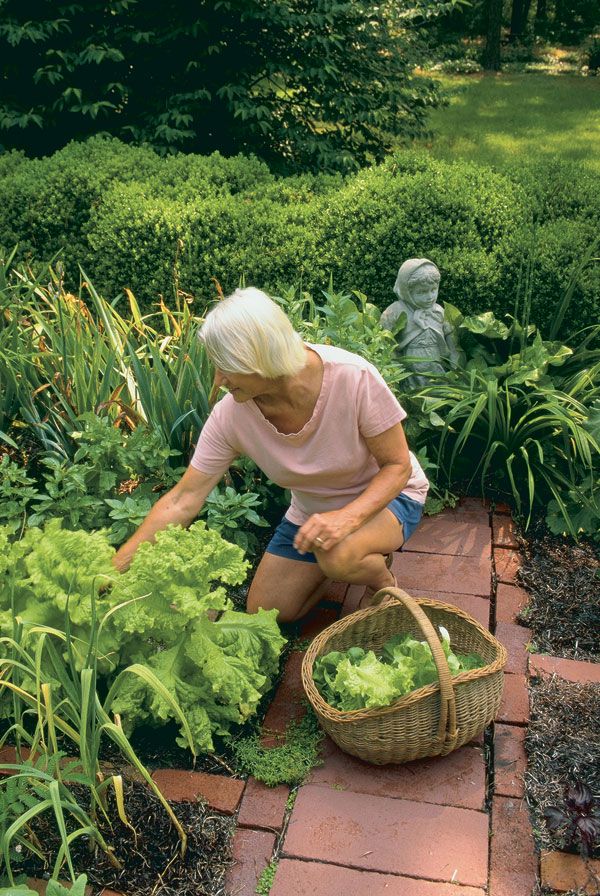
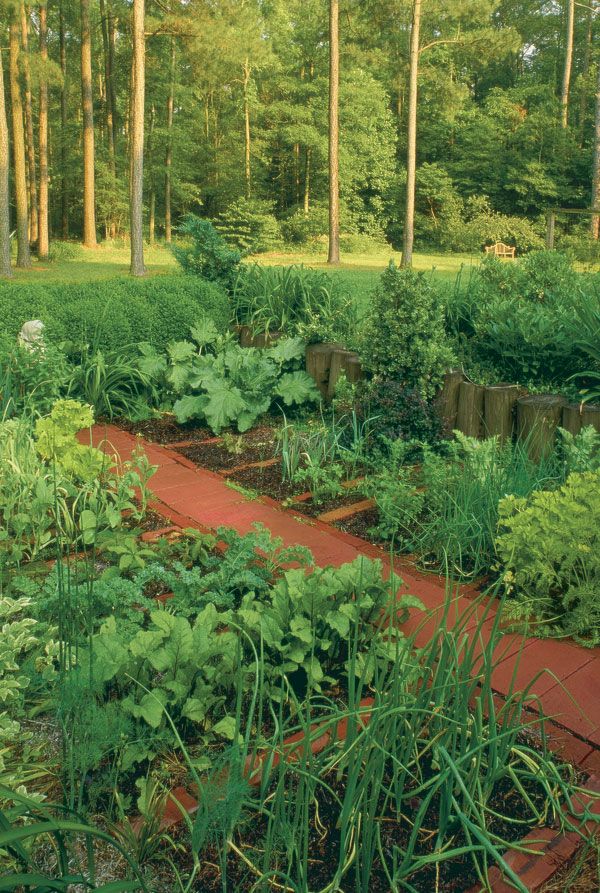
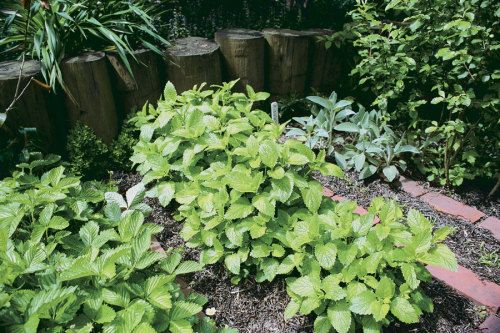
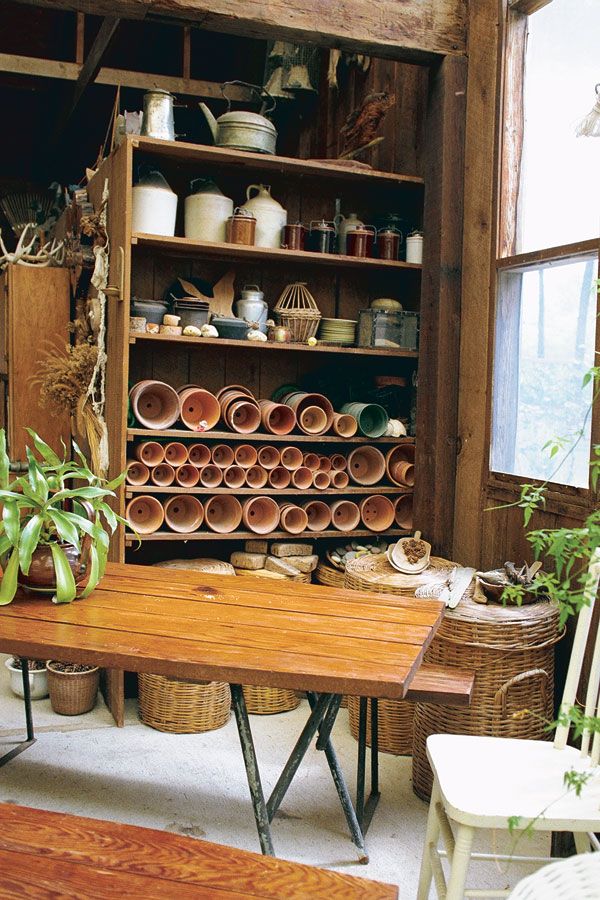
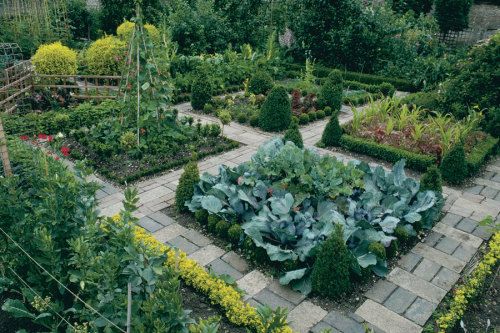
















Comments
Log in or create an account to post a comment.
Sign up Log in